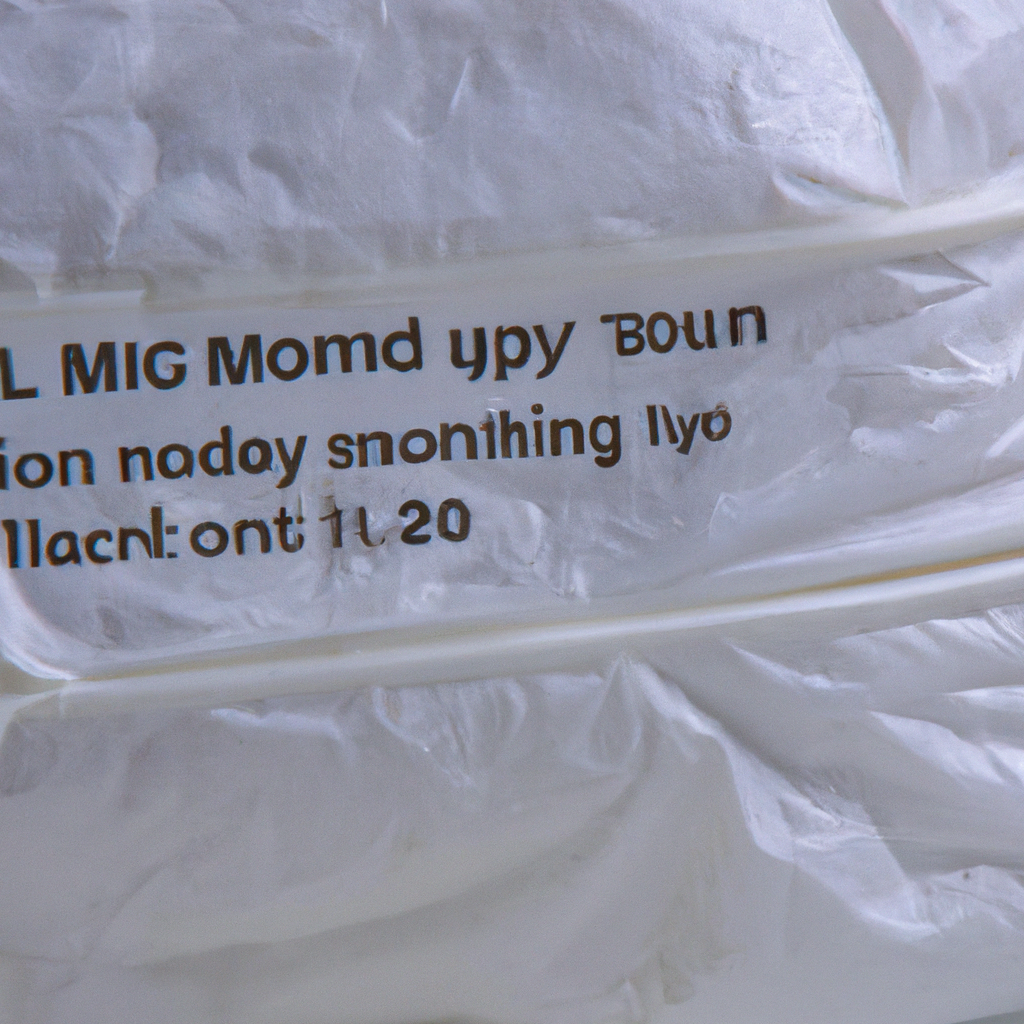How Long for Mycelium to Colonize Bag?
Mycelium, the vegetative part of fungus, plays a vital role in the cultivation of mushrooms. When it comes to growing mushrooms, one common technique is using a substrate bag to encourage mycelial colonization. But how long does it actually take for mycelium to fully colonize a bag? Let’s find out!
Factors Affecting Mycelium Colonization Time
The duration for mycelium to colonize a bag can vary depending on several factors. These factors include:
- Mushroom Species: Different mushroom species have varying colonization times. Some species have a fast colonization rate, while others may take longer.
- Substrate Composition: The composition of the substrate within the bag also affects the colonization time. Some substrates provide more favorable conditions for mycelium growth, speeding up the colonization process.
- Temperature and Humidity: These two environmental factors play a crucial role in mycelial growth. Generally, a temperature range of 18-24°C (64-75°F) and humidity around 80% are considered ideal for most mushroom species.
- Strain Vigor: The vigor and vitality of the mycelial strain used can impact the colonization time. Fresh, healthy, and genetically strong mycelium will colonize the substrate more rapidly.
- Inoculation Density: The number of spores or spawn used during the inoculation process affects the speed of colonization. A higher inoculation density often leads to faster colonization, provided all other conditions are optimal.
Average Colonization Timeframes
While colonization times can vary, here are some general estimates for popular mushroom species:
| Mushroom Species | Average Colonization Time |
|---|---|
| White Button Mushrooms | 3-4 weeks |
| Shiitake Mushrooms | 2-3 weeks |
| Oyster Mushrooms | 1-2 weeks |
| Maitake Mushrooms | 3-4 weeks |
Please note that these timeframes are approximate, and actual colonization may occur slightly faster or slower based on the aforementioned factors.
Signs of Full Colonization
You can determine if the bag is fully colonized by observing these signs:
- White, fuzzy mycelial growth covering the entire substrate, indicating complete colonization.
- The substrate turning solid and compact, as the mycelium weaves through it, creating a network.
- No visible signs of contamination, such as strange colors, odors, or molds.
Conclusion
Patience is key when waiting for mycelium to colonize a bag. While the average colonization time can give you a rough idea, it’s important to consider the specific factors that influence your chosen mushroom species and cultivation setup. Keep the environmental conditions optimal, choose a vigorous strain, and maintain proper substrate composition to ensure successful mycelial colonization, leading to healthy and bountiful mushroom harvests!
